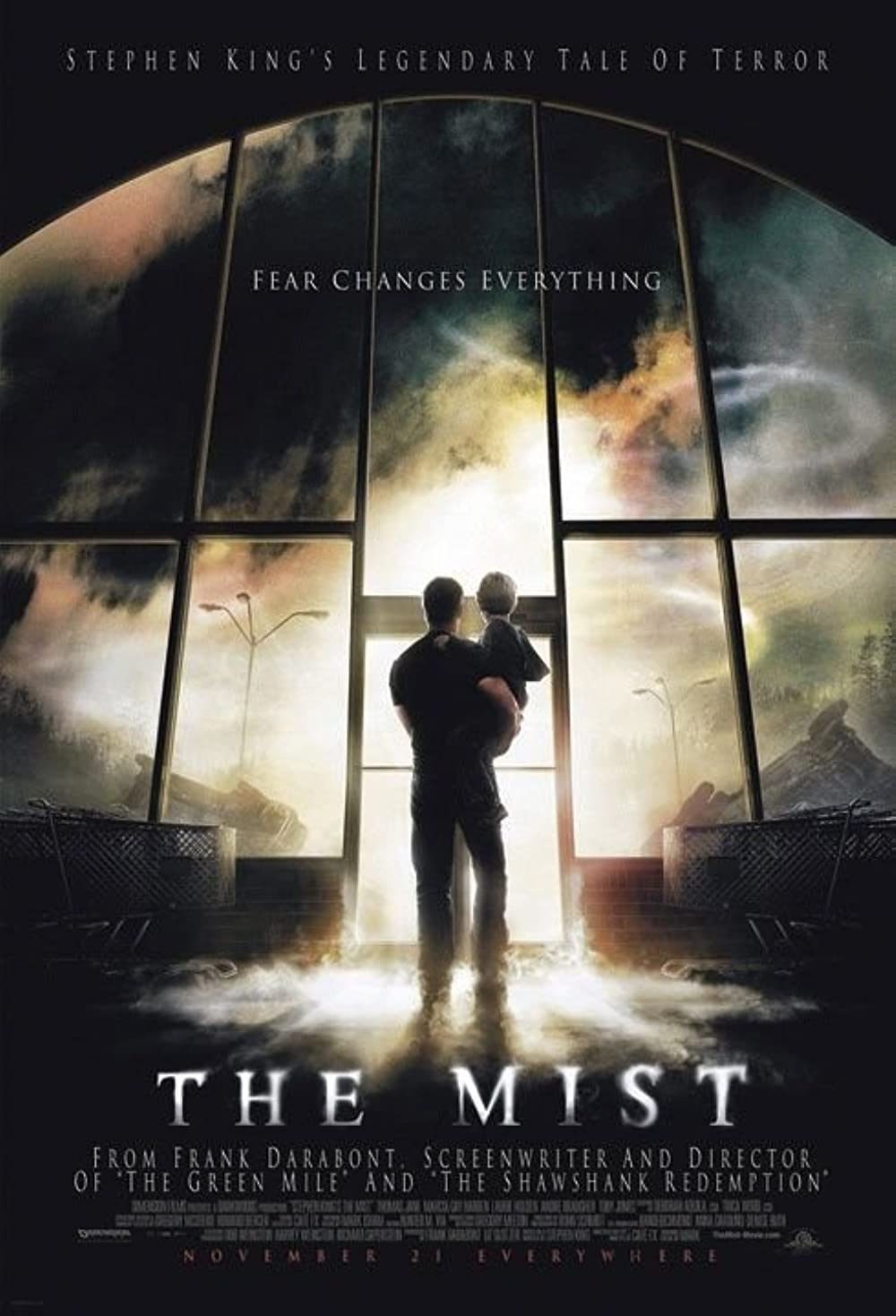Genre Exploration: Horror
The horror genre aims to create fear and shock - simply, horrify their audience. This fear often originates from supernatural sources; ghosts, zombies, monsters, aliens, haunted items/locations, etc.
Common shot types:
- Close-ups/Extreme close-ups: Creates a sense of intimacy with character(s) by emphasizing their reactions, actions, and emotions. Increases intensity and tension as well.
- Low-Angle/High-Angle: Though two completely different angles both are used to demonstrate a feeling of vulnerability and powerlessness. By using this shot type the power difference between the two subjects is emphasized. Typically a low-angle will focus on how powerful the antagonist is, while a high-angle will focus more on how powerless the protagonist is. Can also be used to show a looming danger.
- Wide shot/Long Shot: By showing a character or characters in a full scene/landscape it can create a greater sense of isolation or powerlessness.
- Point-of-view shot: This is not as common but when done well it can be an extremely powerful tool, further immersing the viewer into the cinematic world of the characters. By seeing exactly how a character sees, the audience feels engaged and connected with the character.
Common editing techniques:
- Jump cuts: By using these sudden cuts, a sense of disorientation and unease is created. They are often used to portray quick, unexpected movements or to create the illusion of time passing quickly.
- Cross-cutting: This technique involves cutting back and forth between two or more scenes. It can be used as a form of temporal editing as while the scene may be occurring a cross-cut can show the past or future. Cross-cutting can change the entire meaning of a scene.
- Slow motion: This technique is used to draw out a moment and create a sense of tension and suspense. It is most often deployed during a sequence that would be considered the “pinnacle” or of extreme importance.
- Sound design: Sound effects and music play a huge role in creating the overall mood of a horror film. Sudden, jarring sounds are often used to create a sense of suspense, while eerie, atmospheric music is used to create a sense of unease.
Common sound usage:
- Non-diegetic music: Can be used to signify the presence of unseen, ominous forces. A good example can be found within Jaws as each time the shark approaches or is about to attack the classic "Jaws theme" plays. Thus, tension is built up within the audience as we now brace for the shark to strike.
- Diegetic music: to create a sense of danger or to signify that something important is happening within the story.
- Music genres: A genre such as classical music, can be used to create a sense of grandeur and otherworldliness. Alternatively, a genre such as electronic music can be used to create a sense of unease.
- Silence: to create a sense of isolation and eerie atmosphere, this helps to put the focus of the audience on the sounds that are heard and make them more impactful.
One of the other most important elements of the horror genre though is the lighting. The use of shadows/dim lighting creates unease and tension, because some things may be unknown (what may be hiding in the shadows, etc.). And as previously mentioned, because of how central tension is within horror films lighting can become even more important. The best horror films aren't the ones that broadcast the scares, they're the ones that build up that unease and tension along the way.



Comments
Post a Comment